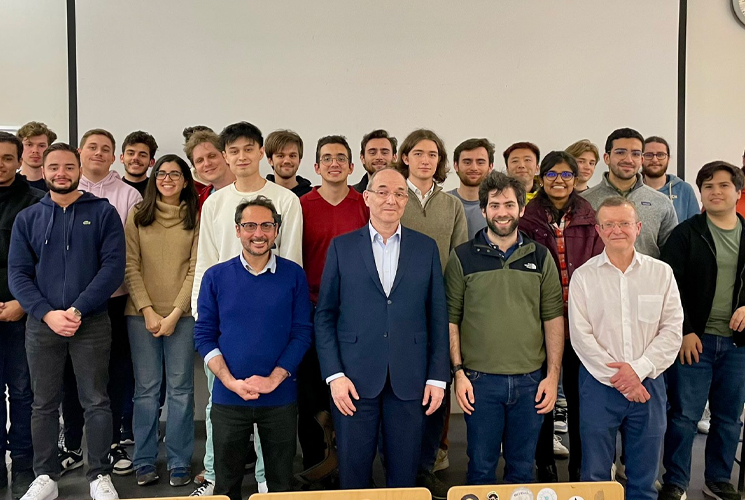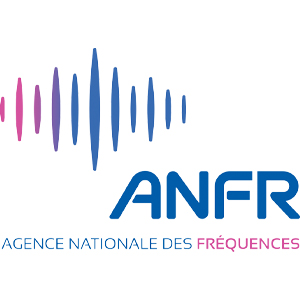Securing the future of digital communications
Isep’s Trusted Spectrum and Resilient Waveform research chair aims to push back the frontiers of communications security by developing innovative solutions for the physical layer (PHY) of digital communications systems. By tackling the challenges of spectral interoperability, this Chair contributes to reinforcing the reliability of exchanges in an increasingly complex digital environment.
Objectives and Missions
The Trusted Spectrum and Resilient Waveform Chair focuses exclusively on not-for-profit research in the field of information-theoretic communication security.
Its work aims to develop advanced security solutions at low layers, with varied applications for modern communication networks. Guided by Isep’s commitment to responsible, secure digital communications, this Chair is a major player in the search for sustainable solutions for resilient, trusted communications.
Chair activities
The Chair’s activities are organized along the following lines:
- Applied research:
Development of new security techniques based on information theory to guarantee waveform resilience. - Spectral interoperability:
Exploration of solutions enabling better interoperability between different communication systems, thus meeting tomorrow’s connectivity and security needs. - Physical layer innovation:
Creation of specific security methods for the lower layers, in response to new threats in digital communications.
Organization
Created in June 2020 for a period of six years, the Chair is headed by Lina Mroueh, HDR teacher-researcher at Isep, recognized for her expertise in communications security and waveform resilience.
The Chair is governed by a Steering Committee, chaired by Lina Mroueh, and a Scientific Committee made up of Isep’s teaching and research staff, who guarantee the academic and scientific excellence of the Chair’s work.
Chair activities
The exclusive purpose of the Chair is not-for-profit research in the fields of information-theoretic communication security methods implemented at low layers.




